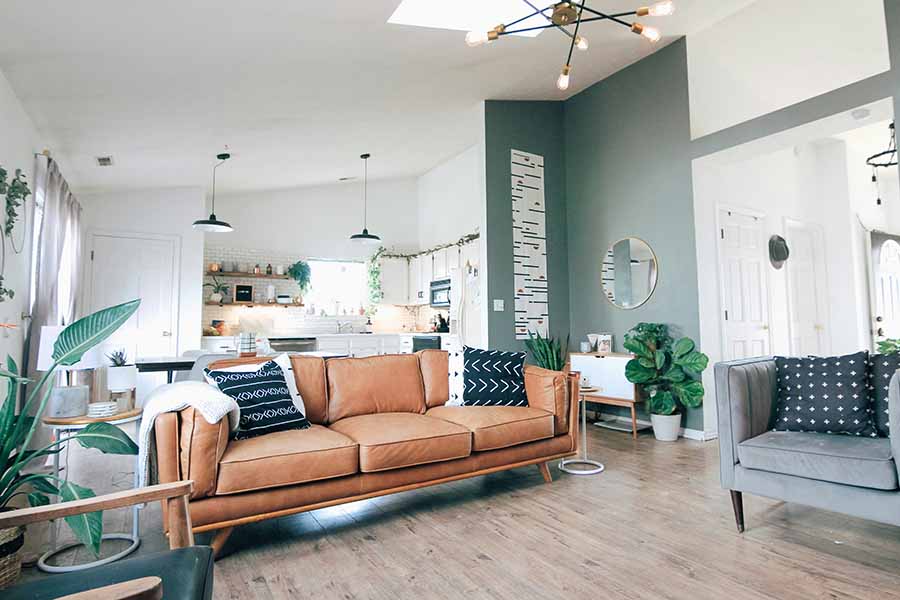Choosing the right lighting for your home involves considering both functionality and aesthetics. Here are some steps to guide you:
Assess Your Needs
- Think about the purpose of each room and how you’ll use it. For example, kitchens and workspaces require bright, task-oriented lighting, while bedrooms and living rooms benefit from softer, ambient lighting.
Understand Different Types of Lighting
-
- Ambient Lighting: Provides overall illumination to a room.
- Task Lighting: Direct, focused lighting for activities like reading or cooking.
- Accent Lighting: Highlights specific areas or objects, adding depth and visual interest.
Consider the Room’s Size and Layout
Larger rooms may require multiple light sources to ensure even illumination. Also, consider how furniture placement and architectural features will affect the distribution of light.
Choose Bulbs Wisely
LED bulbs are energy-efficient and come in various color temperatures, from warm (yellowish) to cool (bluish) light. Decide which color temperature complements the room’s function and ambiance.
Match Lighting Fixtures to Your Decor
Consider the style and decor of your home when selecting lighting fixtures. Whether you prefer modern, traditional, or eclectic designs, choose fixtures that enhance the overall aesthetic of the space.
Layer Your Lighting
Incorporate a mix of ambient, task, and accent lighting to create depth and flexibility.

This allows you to adjust the lighting according to different activities and moods.
Install Dimmer Switches
Dimmer switches give you control over the brightness of your lights, allowing you to create the desired ambiance and save energy.
Think About Energy Efficiency
Opt for energy-efficient lighting options like LEDs or CFLs, which not only save money on utility bills but also have a longer lifespan than traditional incandescent bulbs.
Consider Smart Lighting Solutions
Smart lighting systems offer convenience and flexibility, allowing you to control your lights remotely via smartphone apps or voice commands. They also often come with additional features like scheduling and customizable settings.
Seek Inspiration
Look for inspiration in interior design magazines, websites, or social media platforms like Pinterest to get ideas for lighting styles and arrangements that resonate with your taste and lifestyle.
Remember that lighting plays a significant role in setting the mood and functionality of your home, so take your time to explore different options and find the perfect lighting solution for each space.





